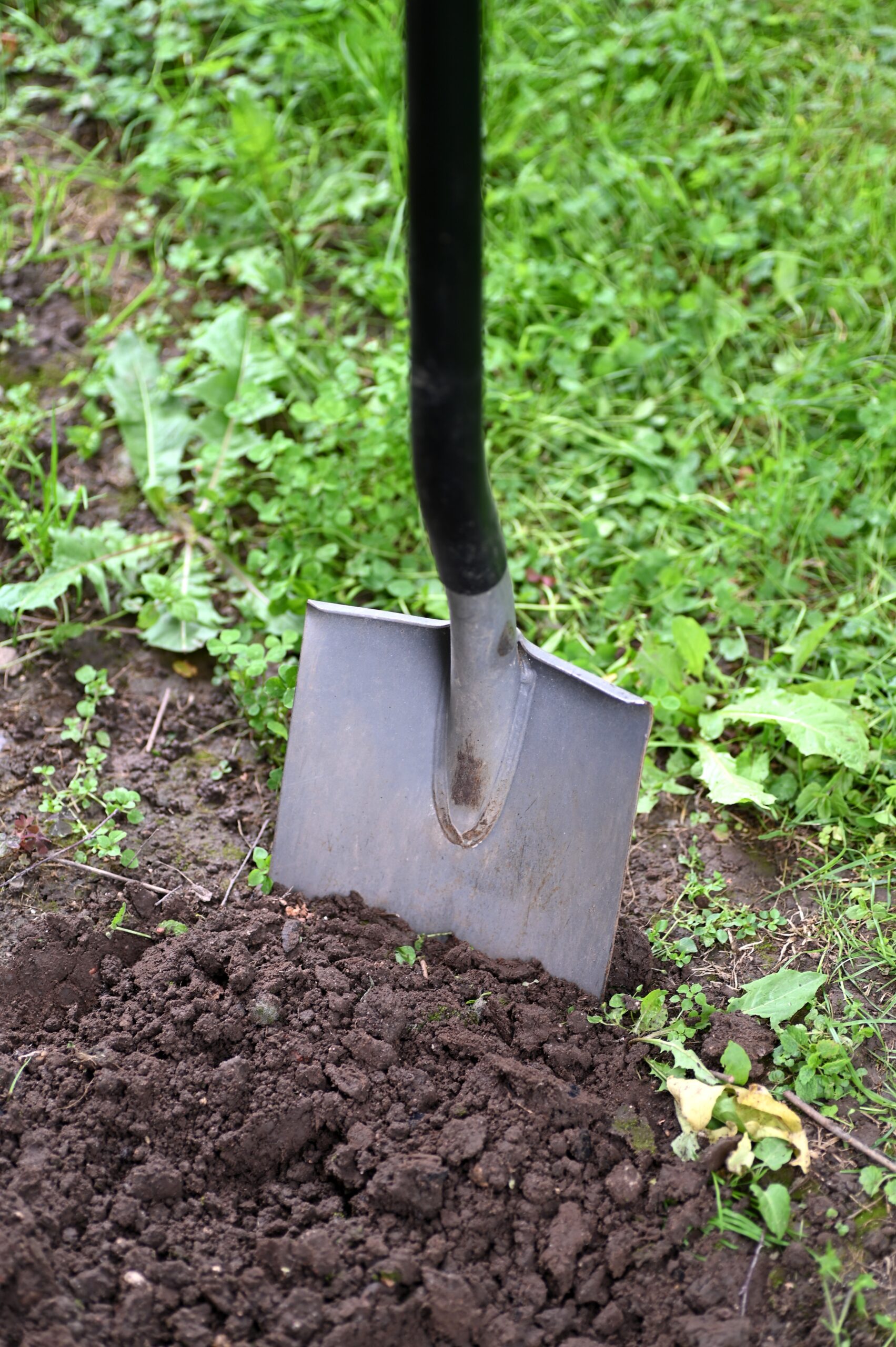Globally, diadromous species are at risk from fragmentation by damming of rivers, and a host of other anthropogenic factors. On the United States Atlantic Coast, where diadromous fish populations have undergone dramatic declines, restoration programs based on fishway construction and hatcheries have sustained remnant populations, but large-scale restoration has not been achieved. We examine anadromous fish restoration programs on three large Atlantic Coast rivers with multiple mainstem dams, the Susquehanna, Connecticut, and Merrimack. Mean passage efficiencies through fishways on these rivers from the first dam to the spawning grounds for American shad are less than 3%. The result is that only small fractions of targeted fish species are able to complete migrations. It may be time to admit failure of fish passage and hatchery-based restoration programs and acknowledge that significant diadromous species restoration is not possible without dam removals. The approach being employed on the Penobscot River, where certain dams are being removed, while others are provided the opportunity to maintain or increase power generation, offers a good model for restoration. Dammed Atlantic Coastal rivers offer a cautionary tale for developing nations intent on hydropower development, suggesting that lasting ecosystem-wide impacts cannot be compensated through fish passage and hatchery technology. http://news.mongabay.com/2013/0117-hance-dams-fish-us.html
Fish and hydropower on the U.S. Atlantic coast: Failed fisheries policies from half-way technologies
Year: 2012

































































































































































































































































































































































































































































































































































































































































































































































































































































































































































































































